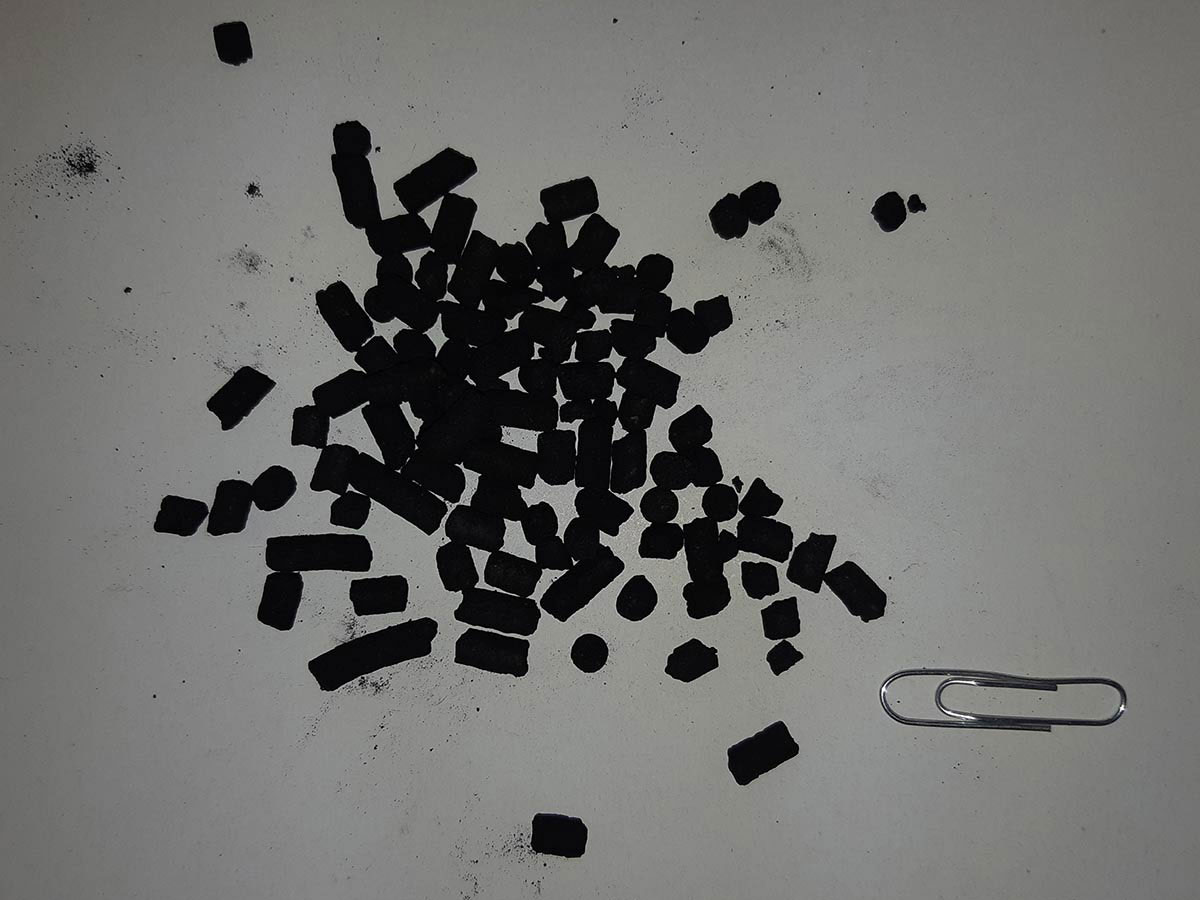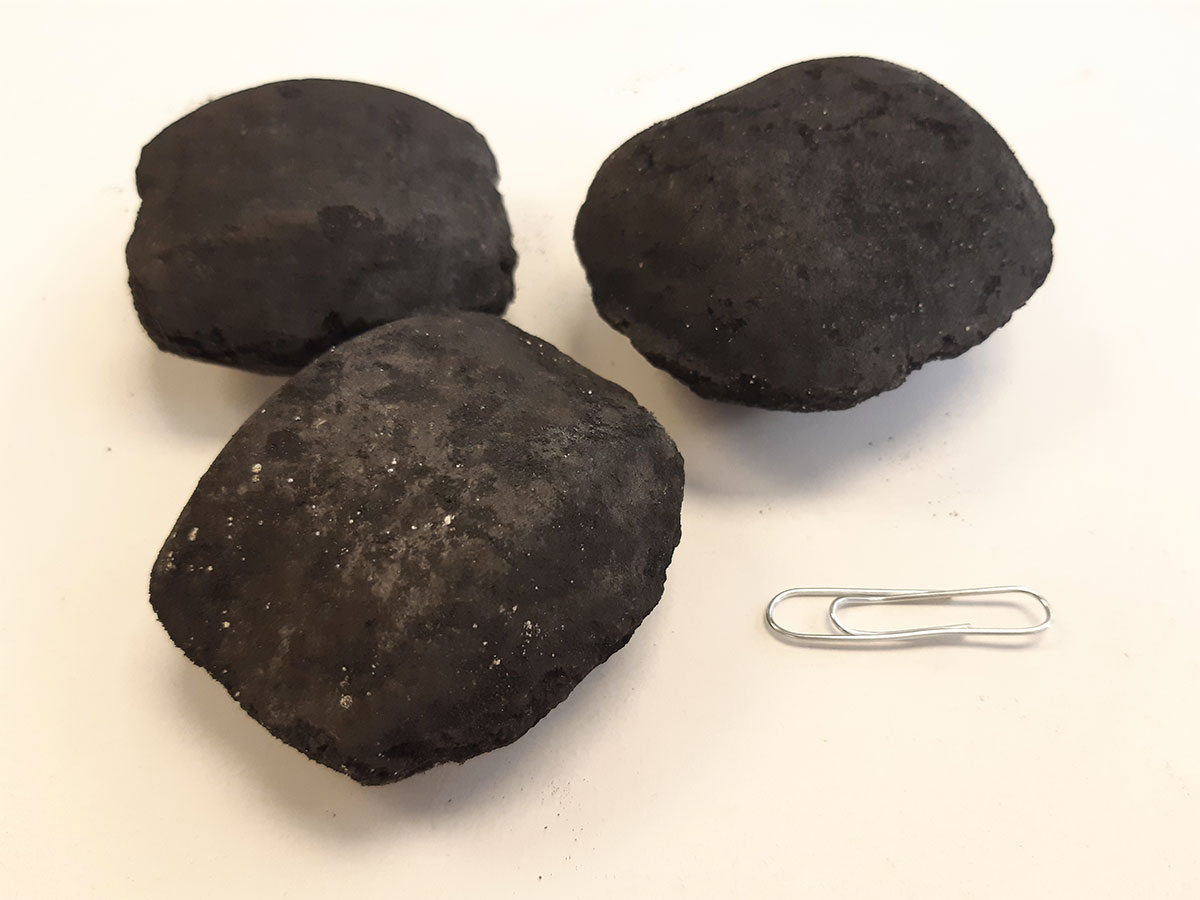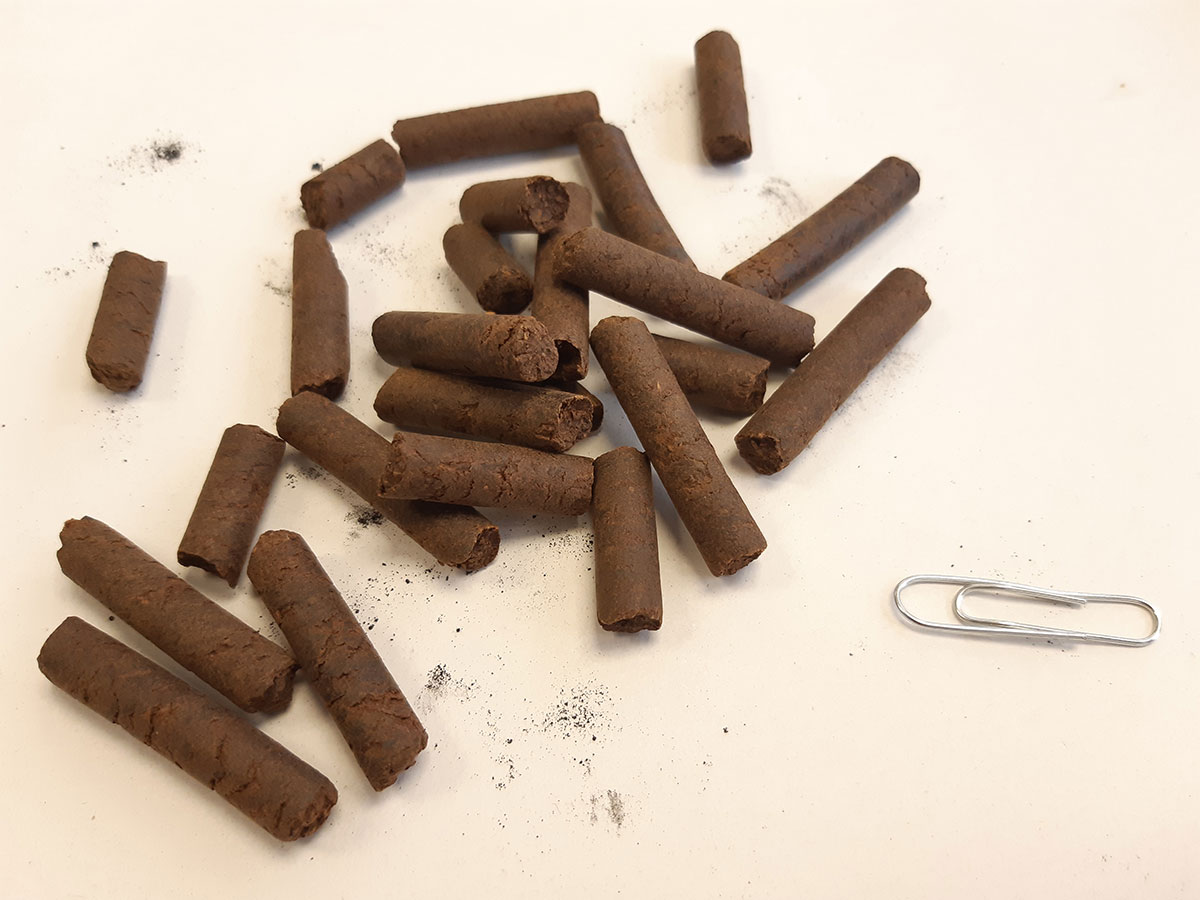ZEROCARBONHEA
USE OF CARBON-NEUTRAL MATERIALS IN THE ELECTRIC ARC FURNACE
The application of biochar in steel processes has been the subject of a large number of studies for many years, as coal fuels can be used a priori to replace fossil energy carriers in the steel sector. In particular, biochar, or charcoal, is currently used as a reducing agent in blast furnaces (BOF process) but not in Electric Arc Furnace steel mills (which represent all the facilities in the Basque Country), where coke and anthracite are used as a fuel source, slag foaming agent and steel recarburant. There is a high potential to replace it with biochar and hence reduce the carbon footprint of the steel industry. In Europe, the contribution of biochar to the decarbonisation of the steel sector is well known, and recent publications have shown that the use of biomaterials seems to be ready for implementation, although these studies also highlight the need for further research, such as that proposed in ZEROCARBONHEA.
SIDENOR is a company dedicated to manufacture and transform steel, leading the European segment of long special steel products.

DRIVING FACTOR



 OBJECTIVES
OBJECTIVES
- Replace the materials used in the melting stage in the EAF (Electric Arc Furnace) with those with a reduced carbon footprint.
- Reduce the Greenhouse Gas (GHG) emissions associated with the use of coal in the Electric Arc Furnace.
- Validate new materials as substitutes for anthracite and foaming agent, enabling their replacement by a neutral/low carbon material.
- Reduce dependence on foreign supplies of anthracite and foaming agent by switching to a local and highly available material.
 RESULTS
RESULTS
- Validation of a material with partial plant biomass content as a substitute for anthracite for steel melting, with no technical issues observed.
- Calculated reduction of 20% in emissions compared to anthracite in the production of the material and 30% in its subsequent combustion.
- The full replacement of anthracite with plant biomass offers savings of approximately 450 tonnes of CO2 equivalent each year.
- Demonstration of technical and environmental feasibility in more than 100 steel castings on an industrial scale.
 CONCLUSIONS
CONCLUSIONS
- It has been shown that anthracite could be replaced with a material of plant origin, at least partly, without affecting the quality of the steel produced and without incurring additional production costs. The reduction of the carbon footprint would, however, be limited for two reasons: because of the low content of plant material and because anthracite makes a limited contribution to the total carbon footprint of steel.
- However, biochar and biomass prices are currently high and there is a need to develop the biomass management and processing industry to allow for economies of scale so that these products can compete with their mineral counterparts.
ENVIRONMENTAL
TECHNICAL
ECONOMIC
COMMERCIAL
ON THE MARKET



